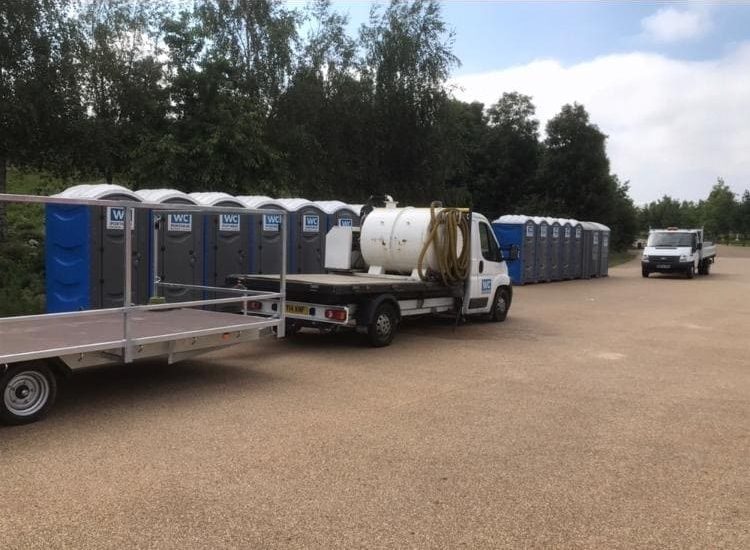We all need toilets in life to function effectively. The need and benefits of passing liquid and solid waste are immense, whether in a public or private setting. Humans are expected to pee approximately 6-8 times a day and poop about three times a day or three times a week. This increases the possibility of using toilets in private and public settings. We mainly handle our business in conventional facilities at home, work, shopping mall or train station. Occasionally, we may use portable toilet units when working at construction sites, participating in a running event, or dancing at a music festival. These two types of facilities function as places where humans pass waste, but their manner of operation differs. Let’s examine the differences between a standard fixed toilet and a portable unit.
Difference between a conventional toilet and a portable facility
1) Fied vs. mobile: it is the most apparent reason, and we all know from the names that one can be moved from one place to another. While the other is fixed to a particular point. You will likely see the same portable unit at three different events on three days. That is not the case with a fixed toilet.
2) Large vs. Portable: The dimensions between these two facilities differ as standard fixed toilets are expected to have a stall wall about 36 inches wide by 60 inches in depth. The door will usually be around 24 inches wide. On the other hand, portable units have widths that range from 109 to 117 centimetres. And a depth of approximately 117 to 122cm or 46-48 inches. You can expect a height of 224 to 231 centimeters or 88-91 inches from top to bottom. Factors such as the use case of the facilities could determine its actual dimension.
3) Sewer vs. holding tank: One of the significant differences in how waste is handled after a user has discharged it from their system. When users flush the toilet in fixed toilets, all wastewater travels via the sewer pipes and into a sewer system. The lines from a property are usually connected to a more extensive network of pipes at the street level. The sewer pipes then transport wastewater to the treatment plant, where they are now treated for the safety of human and aquatic life. Usually, foreign objects such as cigarette butts and plastic wrappers are separated during the treatment phase. Portable toilets, on the other hand, are built with a holding tank that collects human waste and, with the help of chemicals, disintegrates the solids and fights bacteria and subdued odor.
4) Brick vs. Polyurethane plastic: the material used to construct conventional toilets are usually different from their portable counterparts. Standard fixed toilets are generally built with brick, stone, or frame timber. At the same time, portable toilets are usually made of polyurethane plastic, a class of polymers made up of organic units linked together by carbonate.
In this piece, we’ve identified some key differences between standard fixed units and mobile toilets. They are all designed to meet the waste disposal needs of people. We looked at the difference between a restroom trailer and a portable toilet unit.




